Subjects of XXXIX cycle
In this page
Optimization of plant soil feedback under legume-cereal systems
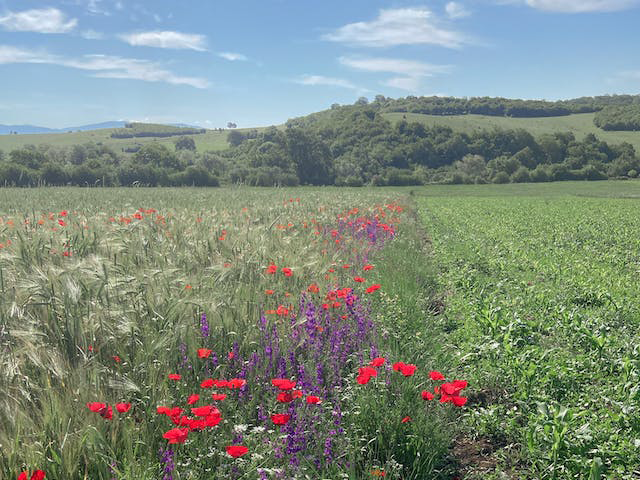
The PhD project of Riccardo Picone is part of the Horizon Europe project called LEGUMINOSE (https://www.leguminose.eu/) and aims to study the differences occurring in Plant-Soil Feedback in legume-cereal intercropping systems. Planned research activities will be carried out mainly at the Università degli Studi di Firenze and the Leibniz Universität Hannover, with possible collaborations with other Universities and research centers involved in the project.
The hypothesis of the research project is that co-culture of the two different plant groups, based on their physiological complementarity, might positively affect soil physicochemical, biochemical, and microbiological properties and, consequently, these improvements might be reflected on crop performance, determining a sustainable intensification.
Specifically, variations in the interactions between soil and plants will be evaluated from the point of view of crop performance, soil physicochemical and biochemical properties, and microbial ecology of the different niches of the plant-soil system (rhizosphere, bulk soil, and plant roots), considering the effects on the diffusion and abundance of the most common phytopathogens of interest. Therefore, a multidisciplinary approach will be implemented.
Agronomic evaluation of the co-cultivated crop yields compared to the respective sole crops will be performed by considering the nutrient acquisition from the soil and product quality. The most important applications of the soil chemistry field will be implemented, with a major interest in the availability of the main plant nutrients (N, P, K, and micronutrients) and the organic C abundance, considering the stable isotopic composition, greenhouse gas emissions, and Net Ecosystem Production.
From a biochemical point of view, the potential functionality of enzymes involved in biogeochemical cycles of elements and the chemical composition of microbial biomass will be evaluated. Different molecular approaches (qPCR and sequencing) and metabolic fingerprinting will be used to determine the abundance, structure, and functionality of different microbial groups and microbial communities, respectively. The first two approaches will also be used to determine the effects of co-culture on phytopathogens.
The results of the PhD project, along with those of the entire LEGUMINOSE project, will provide guidelines for choosing the best legume-cereal combinations to use on a large scale for the sustainable intensification of agricultural production.
Hydrogen production in bio-electrochemical systems with purple non-sulfur bacteria
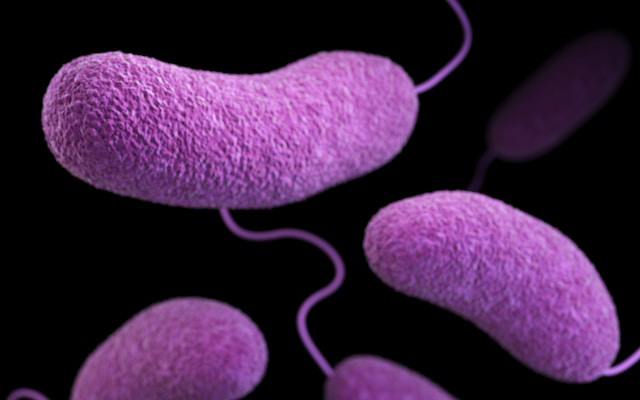
PhD: Chiara Capelli
The main objective of the project is to develop an innovative technology for bio-electrochemical bio-H2
production from two industrial wastes: Cheese whey (CW) and Brewery wastewater (BW).
CW and BW will be first fermented (dark fermentation) to produce H2 and to obtain volatile fatty acids (VFAs). VFAs will be the substrate for the microorganisms growing in the anodic compartment of a bio-
electrochemical reactor. The electrons derived from the anodic oxidation of VFAs will be used for additional H2 production in a bio-photocathode inoculated with purple non-sulfur bacteria (PNSB).
Innovative approaches for estimating crop water requirements
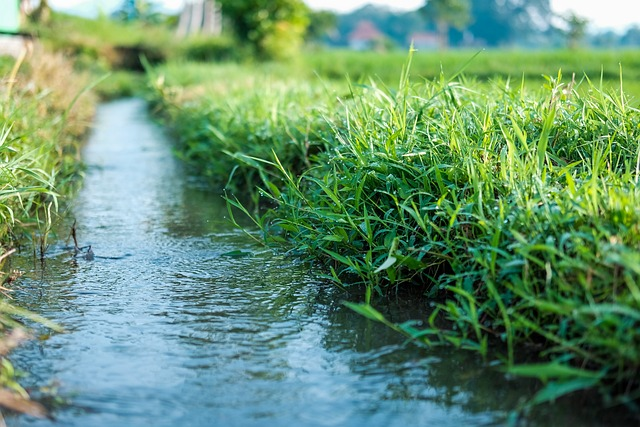
PhD: Andrea Carli
"Effects of water stress on agronomic, morphological and physiological parameters of maize genotypes with different drought tolerance”
How to increase food production in a sustainable way is the key challenge facing the agricultural sector as it responds to growing demand and the limits imposed by climate change on the availability of resources such as water.
Understanding plant responses to increasing water scarcity is critical to agricultural sustainability and food security. Given the need to reduce irrigation use, different maize (Zea mays L.) genotypes will be compared, including genotypes sensitive and tolerant to water stress. In particular, the different genotypes tested will be evaluated by studying agronomic, morphological and physiological parameters and the response to water stress.
Maize genotypes will be subjected to deficit irrigation in order to identify those with higher water-use efficiency (WUE). The study of the interaction between stomatal morphology and physiology is central to understanding the response of maize to climate change and to producing more efficient and climate-resilient varieties.
The study will investigate the co-ordination of leaf anatomy and physiology to optimise leaf gas exchange and water transport, with the aim of identifying genotypes with greater stomatal responsiveness, capable of responding readily to environmental changes. Various indices used in the literature such as stress tolerance, yield, morphological and physiological indices will be used to identify those that best correlate with drought tolerance.
Water-use efficiency will be assessed on the basis of grain yield, total biomass and irrigation volume. In addition, a new water stress tolerance index will be developed for maize. Finally, the grain produced will be analysed to observe the effect of deficit irrigation on quality characteristics.
The experimental results could have significant implications for the development of more productive and climate-resilient maize cultivars. This could facilitate the expansion of maize cultivation in water-deficient areas. The results may also be used to optimize and schedule irrigation techniques for growing maize under drought conditions. Identifying the morphological and physiological characteristics of maize that favour high productivity and climate resilience will aid in understanding the likely responses to a drier world. This will facilitate the development of genotypes that are more resilient to future climate.
PhD: Giulia Pastacaldi
"Multispectral UAV-based crop coefficient estimation models at field scale"
Efficient management of water resources is required to achieve environmentally sustainable development especially under changing climatic conditions and limited water resources. In agriculture, water is primarily consumed as evapotranspiration (ET), traditionally calculated using the widely accepted FAO56 method, which is based on reference evapotranspiration (ET 0 ) and a crop coefficient (K c ). Rapid, and accurate monitoring of ET plays a major role in designing farmland irrigation systems, aimed to improve irrigation water use efficiency throughout the cropping cycle.
Unmanned aerial vehicle (UAV)-based remote sensing technologies meet these needs. Multispectral bands in the visible and infrared spectral regions are utilized to obtain vegetation indexes through band calculations, offering a method for estimating and readily obtaining the space-time distribution of K c values.
In this context, the project aims, firstly, at better understanding the differences in crop water consumption that exist at spatial and temporal scales in the field, due to micro-pedo-climatic Efficient management of water resources is required to achieve environmentally sustainable development especially under changing climatic conditions and limited water resources.
In agriculture, water is primarily consumed as evapotranspiration (ET), traditionally calculated using the widely accepted FAO56 method, which is based on reference evapotranspiration (ET 0 ) and a crop coefficient (K c). Rapid, and accurate monitoring of ET plays a major role in designing farmland irrigation systems, aimed to improve irrigation water use efficiency throughout the cropping cycle.
Unmanned aerial vehicle (UAV)-based remote sensing technologies meet these needs. Multispectral bands in the visible and infrared spectral regions are utilized to obtain vegetation indexes through band calculations, offering a method for estimating and readily obtaining the space-time distribution of K c values.
In this context, the project aims, firstly, at better understanding the differences in crop water consumption that exist at spatial and temporal scales in the field, due to micro-pedo-climatic conditions and non-uniform water use.
The second objective consists in predictingand mapping K c with different approaches, both traditionally, through FAO56 method, soil water balance and energy balance, and more innovative approaches, like multisensory UAV- based models (e.g., RGB, multispectral and thermal infrared). Finally, the project aims at individuating the most promising K c estimation model that better adapts under different irrigation levels, also assessing the validity of tabulated K c .
Integration of multisensor remote sensing data (optical and radar) and modelling tools to monitor and characterize agro-silvo-pastoral
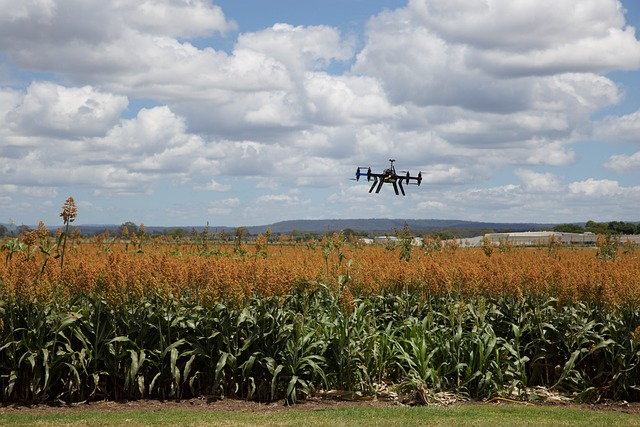
PhD: Luca De Guttry
Extensive agro-silvo-pastoral systems contribute to multiple functions and ecosystem services. Nevertheless, they are facing the negative influence of climate and land use change, together with the difficulties caused by land abandonment. In a nutshell, my PhD project has the ambition to contribute to the development of tools and strategies for a more resilient and sustainable management of these systems.
To reach this objective, remote sensing techniques, integrating data from different sensors (optical and radar), will be exploited to develop relations able to estimates important pastures’ vegetational parameters, such as the Leaf Area Index (LAI) or grass height.
Simultaneously, remote sensing data sources will also be used to develop a classification algorithm able to distinguish the presence of different plant/functional communities, providing valuable information from a management perspective. A second line of research of the project involves the use of a modelling approach to simulate forage availability at the field scale.
Existing above ground biomass (AGB) simulation models will be integrated with satellite derived inputs, in order to improve their performance and give back spatialized (i.e., pixel level) estimates of forage availability in extensive silvo-agro-pastoral systems. The usage of remote sensing techniques is expected to increase the applicability of the findings of the project, both spatially and temporally.
The exact study areas of project are yet to be defined. However, possibilities include alpine (e.g., Carnic Alps), temperate (e.g., the Apennines) and mediterranean systems (e.g., Sardinia or North-Africa), where established projects allow for a base of collected measures, which will be then integrated with the project’s fieldwork. If possible, this will allow to cover a wide climatic gradient, from the alpine conditions to the mediterranean context, and gain a deeper understanding of agro-silvo-pastoral systems under different growing conditions.
Impact of microplastics on ruminal ecology
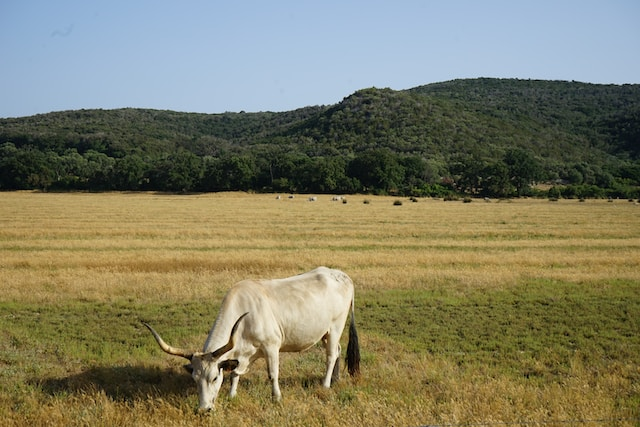
Plastic, often designed for single-use and with limited recyclability, generates an enormous amount of waste, leading to widespread pollution in natural ecosystems, especially in the oceans. Marine
plastic pollution has been a well-known anthropogenic phenomenon for decades, with plastic fragmenting into microplastics in the aquatic environment, spreading worldwide, and posing a threat to marine life. The low degradability, coupled with excessive production and consumption, makes plastic pollution a significant threat to the environment, human and animal health, economy, and society.
The presence of plastic in agricultural soils and the aquatic environment increases potential risks to human health through the ingestion of food contaminated with microplastics. The proposed project aims to delve into the impact of microplastics on ruminants, with a particular focus on the microbial community in the rumen, which influences the quality of milk and meat. The identification of metabolites released by microplastics in the rumen is expected to assess the damage or the ability of bacteria to neutralize them. The anticipated results will contribute to understanding the potential consequences of microplastics on the micro microbial community in the rumen and the safety of milk and meat intended for human consumption.
Agronomic/environmental impact and microbial processes involved in interactions between livestock by-products and biochar
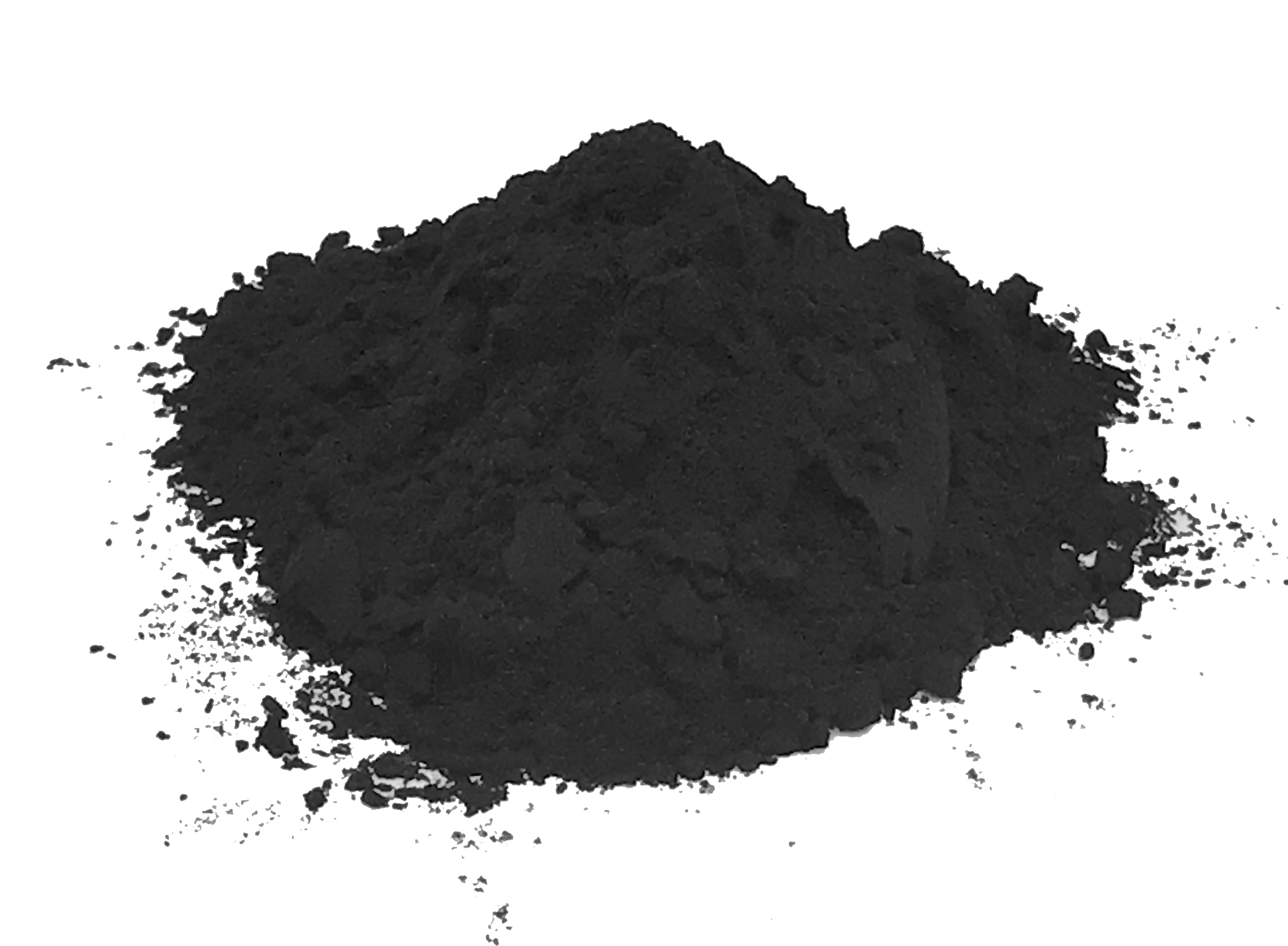
PhD: Elisabetta Toni
Agricultural activities are responsible for emissions of three of the most important greenhouse gases, including nitrous oxide, which has a global warming potential 298 greater than of carbon dioxide. Digestate, zootenic derivatives, is used as nitrogen fertilisers. This practice increases nitrous oxide emissions. In fact, the bacteria involved in the nitrogen cycle use
the nitrogen sources from fertilisation by producing N2O. On the other hand, biochar used to improve soils treated with digestate, reduce nitrous oxide emissions. The aim of this project is to study the interactions between microorganisms involved in the nitrogen cycle and biochar.
The experiment consists of in field trials and laboratory trials. The field trial will investigate the relationship between nitrous oxide emissions in soil treated with biochar and digestate and the microbial community present. In the first laboratory experiment, mesocosms will be set up to investigate how biochars, with different physico-chemical properties, interact with bacteria that produce nitrous oxide. The aim of this experiment is the identification of the biochar with the lowest N2O emission. The second laboratory test will then be performed. The mechanism of electron transfer between microorganisms and biochar will be investigated in this second laboratory test.
Microalgal cultures for obtaining raw materials for biosustainable industrial and food applications
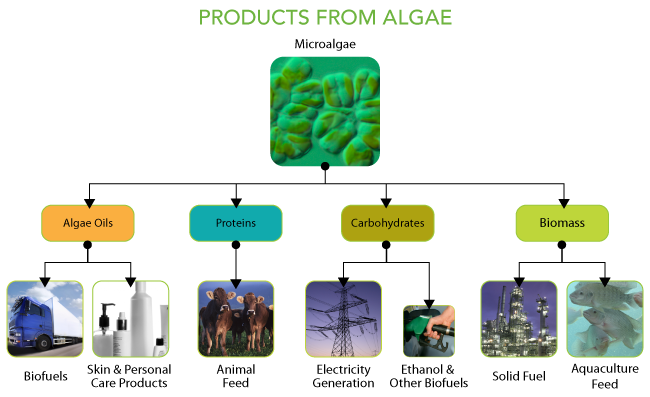
PhD: Lorenzo Reali
Microalgae (including cyanobacteria) are photosynthetic oxygenic microorganisms studied in recent years for the production of molecules of interest like polymers, bioactive compounds, and pigments. The interest in these molecules has grown thanks to their antioxidant, anti-inflammatory, antimicrobial, and growth-regulating properties. Polysaccharides are among the most investigated molecules produced by microalgae.
Microalgae can synthesize polysaccharides as polymeric reserve glucans (starch, glycogen, and β-glucans) or extracellular polysaccharides (EPS). EPS can be found in different forms, such as component of the cell wall, excreted as a defined structure, or released as mucilage.
Polysaccharides have been studied for their application in different sectors like food and nutraceutical industry, cosmetics, and biomaterials production. In this project, a screening at laboratory scale will be performed to evaluate the productive potential of different strains of microalgae for different typologies of polymers, selecting strains based on biomass productivity, polysaccharide content, and polysaccharide productivity, also under stress conditions.
Polysaccharides from selected strains will be characterized for molecular structure and monomeric composition. Potential for large-scale production will also be evaluated by cultivating the selected strains in outdoor or indoor pilot systems, aiming at optimizing energy consumption and CO2 fixation for a more economically and environmentally sustainable production process. Tests will be carried out on the polysaccharides extracted from these cultures to evaluate the applicability of these molecules in the industrial sector.
Last update
15.02.2024

